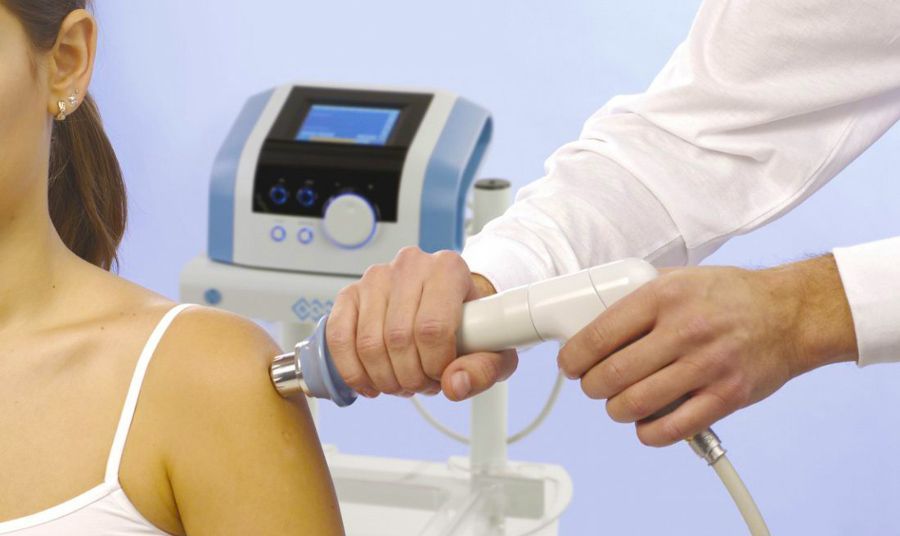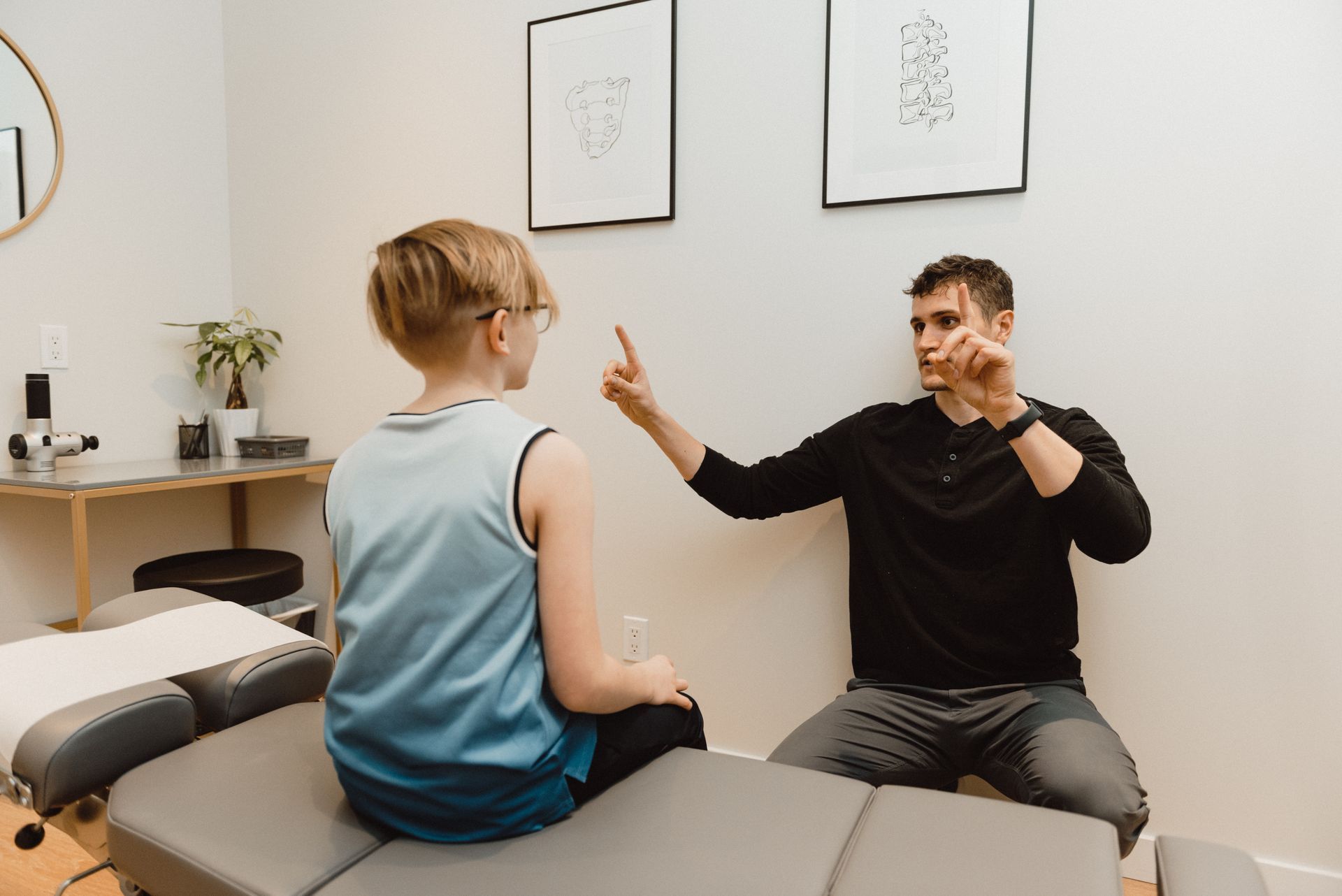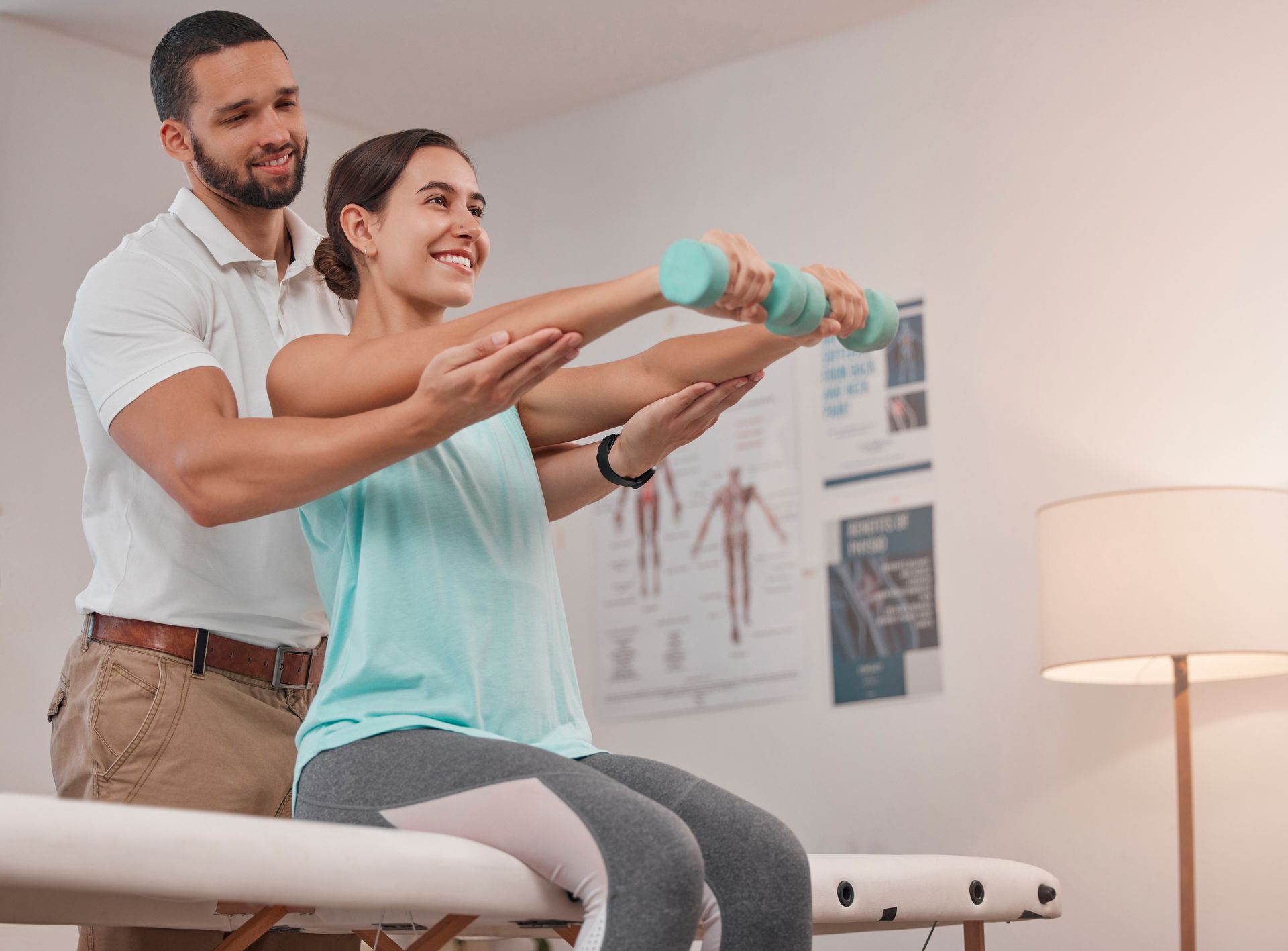The Path to Exceptional Athletic Performance Starts with a Movement Assessment
In the world of sports, performance is more than a measure of victory; it's a testament to the human body's capabilities pushed to the edge. Athletes and fitness enthusiasts often operate on the razor’s edge, where the slightest weakness or imbalance can lead to a career-altering injury. Understanding this, leading sports therapists advocate for a proactive approach to health and performance, beginning with a comprehensive movement assessment.
Unbeknownst to most, every movement we make reveals intricate details about our body's functions and imbalances. A thorough analysis of our biomechanics can not only prevent injuries before they happen but also unlock untapped potential to enhance performance. Today, we'll take a closer look at what a movement assessment entails and how it paves the way for athletes to reach their peak.
The Anatomy of a Movement Assessment
Identifying Baseline Mobility and Stability: Every body has its own unique biomechanical fingerprint. A movement assessment is akin to running diagnostics on a machine to detect any signs of wear and tear. It starts by measuring basic mobility in key areas such as the hips, shoulders, and spine, underpinning core stability and balance.
Functional Movement Screen (FMS): Derived from exercise physics, the FMS is a series of tests that gauge an individual's fundamental movement patterns. From a deep squat to a shoulder mobility assessment, the FMS identifies any significant limitations or asymmetries that could lead to compensatory movements and, eventually, injury.
Video Analysis: Modern technology has become an invaluable ally in movement assessments. High-definition cameras capture movements with precision, offering visual insights that the naked eye might miss. Video analysis is indispensable for diagnosing gait abnormalities, tracking progress, and educating the patient on their biomechanics.
The Ripple Effect of Correcting Imbalances
Our bodies are marvels of interconnected systems. When one area experiences a deficit, it invariably affects others. A movement assessment that uncovers imbalances can set off a chain reaction of positive change. By addressing weaknesses, the body can realign itself, reducing the strain on overworked areas and preventing overuse injuries.
For instance, poor spinal alignment can lead to chronic back pain for many athletes. However, a movement assessment may find that the issue stems from a hip rotation discrepancy, causing the spine to compensate. Correcting the root cause not only alleviates the back pain but can also lead to increased power and efficiency in movements.
Enhancing Athletic Performance
Efficiency in Movement: An assessment can reveal inefficiencies in an athlete's gait, stride, or technique. By fine-tuning the way they move, athletes can reduce their energy expenditure for any given activity, thus improving endurance and overall performance.
Power and Speed: For explosive sports, power and speed are critical. Imbalances can hinder an athlete's ability to generate force optimally, leaving them at a disadvantage. By rectifying these weaknesses, individuals can unlock latent power and accelerate their speed more effectively.
The Support of Ongoing Maintenance
While one-time assessments are beneficial, ongoing maintenance is the key to sustaining a high level of performance. Regular check-ins with a sports therapist help to track progress, adapt training regimes, and address any emerging issues before they escalate.
Athletes don't just benefit from a movement assessment before a competition or to address a current issue; they benefit from integrating these assessments into their ongoing training cycles. It's the difference between reacting to an injury and proactively preventing it.
Bridging the Gap Between Assessment and Action
In the wake of a comprehensive assessment, the path forward becomes clear. Through tailored physical therapy exercises, corrective interventions, and performance-enhancing programs, athletes can take control of their bodies like never before.
Custom Rehabilitative Plans: No two bodies are the same, and neither should their rehabilitation plan. A personalized regimen derived from the assessment results targets the athlete’s specific deficiencies, ensuring a rapid and successful recovery.
Educational Tools: Athletes are often their own best advocates. By equipping them with the knowledge to understand and manage their own movement patterns, they become active participants in their health and performance.
Next Steps for the Assessment-Driven Athlete
Competing at the highest levels demands a constant pursuit of perfection. The adoption of movement assessments into an athlete’s regimen is an unequivocal step towards this endeavor. By honing in on the intricacies of how our bodies move, we can tap into extraordinary capacities and longevity in our sporting pursuits. For the competitive athlete, for the dedicated fitness junkie, and for the physical therapist seeking to serve them, the question shifts from “why assess movement?” to “why wouldn’t we?”.
We invite you to take the first step in this smarter, safer, and more efficient approach to performance.
Reach out to our clinic to schedule a comprehensive movement assessment and set your body on the path to excellence. Remember, in the game of sports, the strongest athlete is often the one who can move with the least amount of resistance – no pain, all gains.










